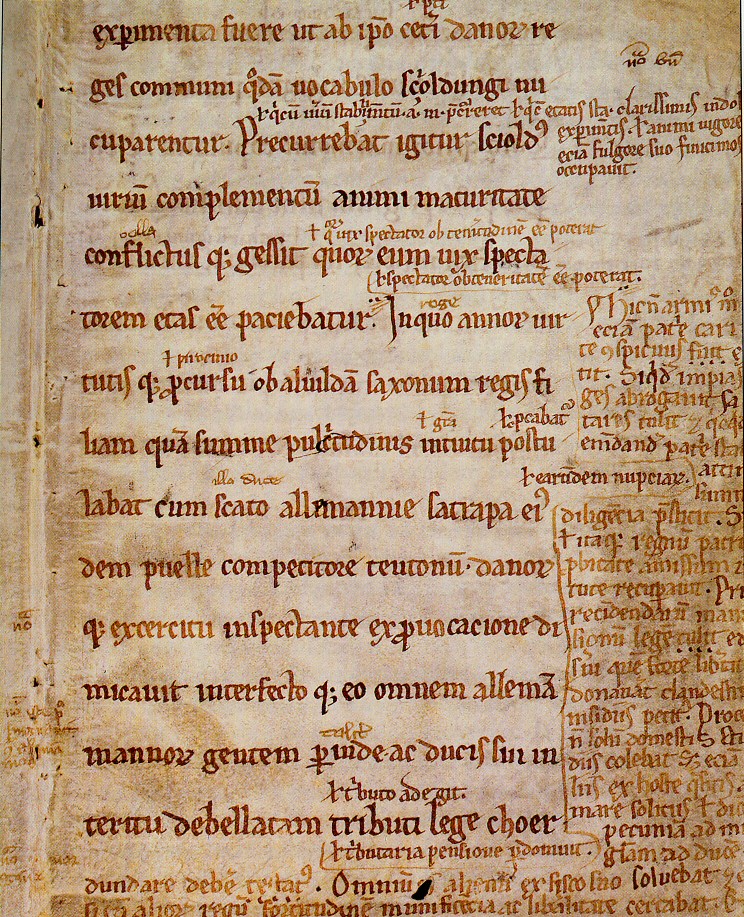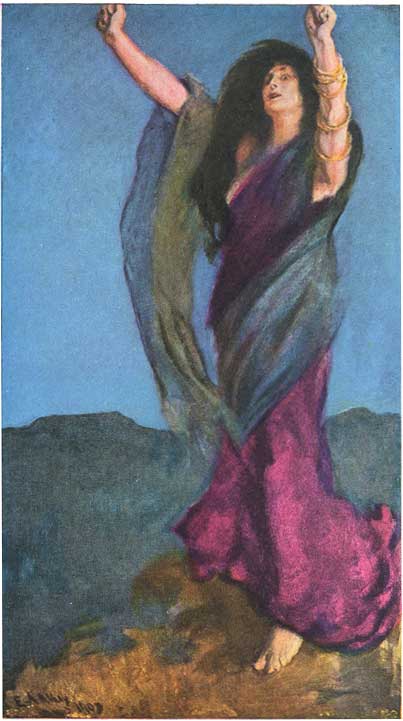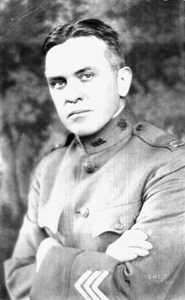|
Bad Quarto
A bad quarto, in Shakespearean scholarship, is a quarto-sized printed edition of one of Shakespeare's plays that is considered to be unauthorised, and is theorised to have been pirated from a theatrical performance without permission by someone in the audience writing it down as it was spoken or, alternatively, written down later from memory by an actor or group of actors in the cast – the latter process has been termed "memorial reconstruction". Since the quarto derives from a performance, hence lacks a direct link to the author's original manuscript, the text would be expected to be bad, i.e. to contain corruptions, abridgements and paraphrasings.Duthie, George Ian. "Introduction; the good and bad quartos". ''The Bad Quarto of Hamlet''. CUP Archive (1941). pp. 1-4 In contrast, a good quarto is considered to be a text that is authorised and which may have been printed from the author's manuscript (or a working draft thereof, known as his '' foul papers''), or from a scribal c ... [...More Info...] [...Related Items...] OR: [Wikipedia] [Google] [Baidu] |
Hamlet Q1 Frontispiece 1603
''The Tragedy of Hamlet, Prince of Denmark'', often shortened to ''Hamlet'' (), is a tragedy written by William Shakespeare sometime between 1599 and 1601. It is Shakespeare's longest play. Set in Denmark, the play depicts Prince Hamlet and his attempts to exact revenge against his uncle, Claudius, who has murdered Hamlet's father in order to seize his throne and marry Hamlet's mother. ''Hamlet'' is considered among the "most powerful and influential tragedies in the English language", with a story capable of "seemingly endless retelling and adaptation by others." It is widely considered one of the greatest plays of all time. Three different early versions of the play are extant: the First Quarto (Q1, 1603); the Second Quarto (Q2, 1604); and the First Folio (F1, 1623). Each version includes lines and passages missing from the others. Many works have been pointed to as possible sources for Shakespeare's play, from ancient Greek tragedies to Elizabethan dramas. The editors of ... [...More Info...] [...Related Items...] OR: [Wikipedia] [Google] [Baidu] |
Henry VI, Part 2
''Henry VI, Part 2'' (1591) is a Shakespearean history play about King Henry VI of England's inability to quell the bickering of his noblemen, the death of his trusted advisor Humphrey, Duke of Gloucester, and the political rise of Richard of York, 3rd Duke of York; it culminates with the First Battle of St Albans (1455), the initial battle of the Wars of the Roses, which were civil wars between the House of Lancaster and the House of York. In the early historical narrative of '' Henry VI, Part 1'' (1591) Shakespeare dealt with the low morale consequent to the loss of England's French territories (1429–1453) during the Hundred Years' War (1337–1453) and the political machinations that precipitated the Wars of the Roses (1455–1487). In the concluding history of ''Henry VI, Part 3'' (1591), the English playwright William Shakespeare deals with the fraternal horrors of civil war amongst Englishmen. In English literature, '' The Tragedy of Richard III'' (1594) is included ... [...More Info...] [...Related Items...] OR: [Wikipedia] [Google] [Baidu] |
The Merry Wives Of Windsor
''The Merry Wives of Windsor'' or ''Sir John Falstaff and the Merry Wives of Windsor'' is a comedy by William Shakespeare first published in 1602, though believed to have been written in or before 1597. The Windsor of the play's title is a reference to the town of Windsor, also the location of Windsor Castle in Berkshire, England. Though nominally set in the reign of Henry IV or early in the reign of Henry V, the play makes no pretence to exist outside contemporary Elizabethan-era English middle-class life. It features the character Sir John Falstaff, the fat knight who had previously been featured in ''Henry IV, Part 1'' and '' Part 2''. It has been adapted for the opera at least ten times. The play is one of Shakespeare's lesser-regarded works among literary critics. Tradition has it that ''The Merry Wives of Windsor'' was written at the request of Queen Elizabeth I. After watching ''Henry IV, Part 1'', she asked Shakespeare to write a play depicting Falstaff in love. C ... [...More Info...] [...Related Items...] OR: [Wikipedia] [Google] [Baidu] |
Hamlet
''The Tragedy of Hamlet, Prince of Denmark'', often shortened to ''Hamlet'' (), is a Shakespearean tragedy, tragedy written by William Shakespeare sometime between 1599 and 1601. It is Shakespeare's longest play. Set in Denmark, the play (theatre), play depicts Prince Hamlet and his attempts to exact revenge against his uncle, King Claudius, Claudius, who has murdered Ghost (Hamlet), Hamlet's father in order to seize his throne and marry Gertrude (Hamlet), Hamlet's mother. ''Hamlet'' is considered among the "most powerful and influential tragedies in the English language", with a story capable of "seemingly endless retelling and adaptation by others." It is widely considered one of the greatest plays of all time. Three different early versions of the play are extant: the Hamlet Q1, First Quarto (Q1, 1603); the Second Quarto (Q2, 1604); and the First Folio (F1, 1623). Each version includes lines and passages missing from the others. Many works have been pointed to as possible s ... [...More Info...] [...Related Items...] OR: [Wikipedia] [Google] [Baidu] |
BBC Television Shakespeare
The ''BBC Television Shakespeare'' is a series of British television adaptations of Shakespeare's plays, the plays of William Shakespeare, created by Cedric Messina and broadcast by BBC Television. Transmitted in the UK from 3 December 1978 to 27 April 1985, the series spanned seven seasons and thirty-seven episodes. Development began in 1975 when Messina saw that the grounds of Glamis Castle would make a perfect location for an adaptation of Shakespeare's ''As You Like It'' for the ''Play of the Month'' series. Upon returning to London, however, he had come to envision an entire series devoted exclusively to the dramatic works of Shakespeare. When he encountered a less than enthusiastic response from the BBC's departmental heads, Messina bypassed the usual channels and took his idea directly to the top of the BBC hierarchy, who greenlighted the show. Experiencing financial, logistical and creative problems in the early days of production, Messina persevered and served as execut ... [...More Info...] [...Related Items...] OR: [Wikipedia] [Google] [Baidu] |
Romeo And Juliet
''The Tragedy of Romeo and Juliet'', often shortened to ''Romeo and Juliet'', is a Shakespearean tragedy, tragedy written by William Shakespeare about the romance between two young Italians from feuding families. It was among Shakespeare's most popular plays during his lifetime and, along with ''Hamlet'', is one of his most frequently performed. Today, the Title character, title characters are regarded as Archetype, archetypal young lovers. ''Romeo and Juliet'' belongs to a tradition of tragic Romance (love), romances stretching back to Ancient history, antiquity. The plot is based on an Italian tale written by Matteo Bandello, translated into verse as ''The Tragical History of Romeus and Juliet'' by Arthur Brooke (poet), Arthur Brooke in 1562, and retold in prose in ''Palace of Pleasure'' by William Painter (author), William Painter in 1567. Shakespeare borrowed heavily from both but expanded the plot by developing a number of supporting characters, in particular Mercutio a ... [...More Info...] [...Related Items...] OR: [Wikipedia] [Google] [Baidu] |
The Taming Of The Shrew
''The Taming of the Shrew'' is a comedy by William Shakespeare, believed to have been written between 1590 and 1592. The play begins with a framing device, often referred to as the induction, in which a mischievous nobleman tricks a drunken tinker named Christopher Sly into believing he is actually a nobleman himself. The nobleman then has the play performed for Sly's diversion. The main plot depicts the courtship of Petruchio and Katherina, the headstrong, obdurate shrew. Initially, Katherina is an unwilling participant in the relationship; however, Petruchio "tames" her with various psychological and physical torments, such as keeping her from eating and drinking, until she becomes a desirable, compliant, and obedient bride. The subplot features a competition between the suitors of Katherina's younger sister, Bianca, who is seen as the "ideal" woman. The question of whether the play is misogynistic has become the subject of considerable controversy. ''The Taming o ... [...More Info...] [...Related Items...] OR: [Wikipedia] [Google] [Baidu] |
Troilus And Cressida
''The Tragedy of Troilus and Cressida'', often shortened to ''Troilus and Cressida'' ( or ), is a play by William Shakespeare, probably written in 1602. At Troy during the Trojan War, Troilus and Cressida begin a love affair. Cressida is forced to leave Troy to join her father in the Ancient Greeks, Greek camp. Meanwhile, the Greeks endeavour to lessen the pride of Achilles. The tone alternates between bawdy comedy and tragic gloom. Readers and theatre-goers have frequently found it difficult to understand how they are meant to respond to the characters. Frederick S. Boas has labelled it one of Shakespeare's Shakespearean problem play, problem plays. It is the subject of lively critical debate. Characters The Trojans * Priam, King of Troy * Priam's children: Cassandra (a prophetess), Hector, Troilus, Paris (mythology), Paris, Deiphobus, Helenus, and Margarelon (bastard) * Andromache, Hector's wife * Aeneas, a commander and leader * Antenor (mythology), Antenor, another comma ... [...More Info...] [...Related Items...] OR: [Wikipedia] [Google] [Baidu] |
All's Well That Ends Well
''All's Well That Ends Well'' is a play by William Shakespeare, published in the First Folio in 1623, where it is listed among the comedies. There is a debate about the date of its composition, with possible dates ranging from 1598 to 1608. also aCentre for Early Modern Studies, University of Oxford accessed 22 April 2012: "The recent redating of All’s Well from 1602–03 to 1606–07 (or later) has gone some way to resolving some of the play’s stylistic anomalies" ... " ylistically it is striking how many of the widely acknowledged textual and tonal problems of All’s Well can be understood differently when we postulate dual authorship." The play is considered one of Shakespeare's " problem plays", a play that poses complex ethical dilemmas that require more than typically simple solutions. Characters * King of France * Duke of Florence * Bertram, Count of Roussillon * Countess of Roussillon, Mother of Bertram * Lavatch, a Clown in her household * Helena, a Gentlewom ... [...More Info...] [...Related Items...] OR: [Wikipedia] [Google] [Baidu] |
King Lear
''The Tragedy of King Lear'', often shortened to ''King Lear'', is a Shakespearean tragedy, tragedy written by William Shakespeare. It is loosely based on the mythological Leir of Britain. King Lear, in preparation for his old age, divides his power and land between his daughters Goneril and Regan (King Lear), Regan, who pay homage to gain favour, feigning love. The King's third daughter, Cordelia (King Lear), Cordelia, is offered a third of his kingdom also, but refuses to be insincere in her praise and affection. She instead offers the respect of a daughter and is disowned by Lear who seeks flattery. Regan and Goneril subsequently break promises to host Lear and his entourage, so he opts to become homeless and destitute, and goes insane. The French King married to Cordelia then invades Britain to restore order and Lear's rule. In a subplot, Edmund, the illegitimate son of the Earl of Gloucester, betrays his brother and father. Tragically, Lear, Cordelia and several other main ... [...More Info...] [...Related Items...] OR: [Wikipedia] [Google] [Baidu] |
Hardin Craig
Hardin Craig (29 June 1875 – 13 October 1968) was an American Renaissance scholar and professor of English. In his 65-year academic career, he served on the faculties of eight different colleges and universities, published more than 20 books as either author or editor, and was one of the few Americans to be elected to the Royal Society of Literature in Britain. Life Craig was born on a farm near Owensboro, Kentucky, to Robert and Mary Jane Craig, ''nee'' McHenry. He earned his A.B. from Centre College 1897, and served as principal at Stanford Academy in Kentucky for one year. He began graduate study in 1898 at Princeton University under Thomas Marc Parrott, and took his M.A. in 1899 and his Ph.D. in 1901. During two summers he studied with John Matthews Manly at the University of Chicago, and studied at Exeter College, Oxford, from 1901 to 1903. He returned to Princeton as an English instructor from 1903-1905, where he became one of Woodrow Wilson's first group of Edgerstoune S ... [...More Info...] [...Related Items...] OR: [Wikipedia] [Google] [Baidu] |
Eric Sams
Eric Sams (3 May 1926 – 13 September 2004) was a British musicologist and Shakespeare scholar. Life Born in London, Sams was raised in Essex. He studied at the Westcliff High School for Boys, where he performed well and earned a scholarship to Corpus Christi College, Cambridge at the age of sixteen. His lifelong passion for puzzles and ciphers stood him in good stead in his wartime service in British Intelligence (1944–47). After the war he read Modern Languages at Cambridge (French and German), 1947–50; upon graduation he entered the Civil Service. In 1952 he married Enid Tidmarsh (died 2002), a pianist. Their elder son, Richard, is a Japanese scholar and chess master working in Tokyo; their younger son Jeremy Sams is a composer, lyricist, playwright, and theatre director. Musicology In music, Sams wrote on and studied a range of subjects and genres, though his specialty was German lieder. He wrote volumes on the songs of Robert Schumann, Johannes Brahms and Hugo Wol ... [...More Info...] [...Related Items...] OR: [Wikipedia] [Google] [Baidu] |









